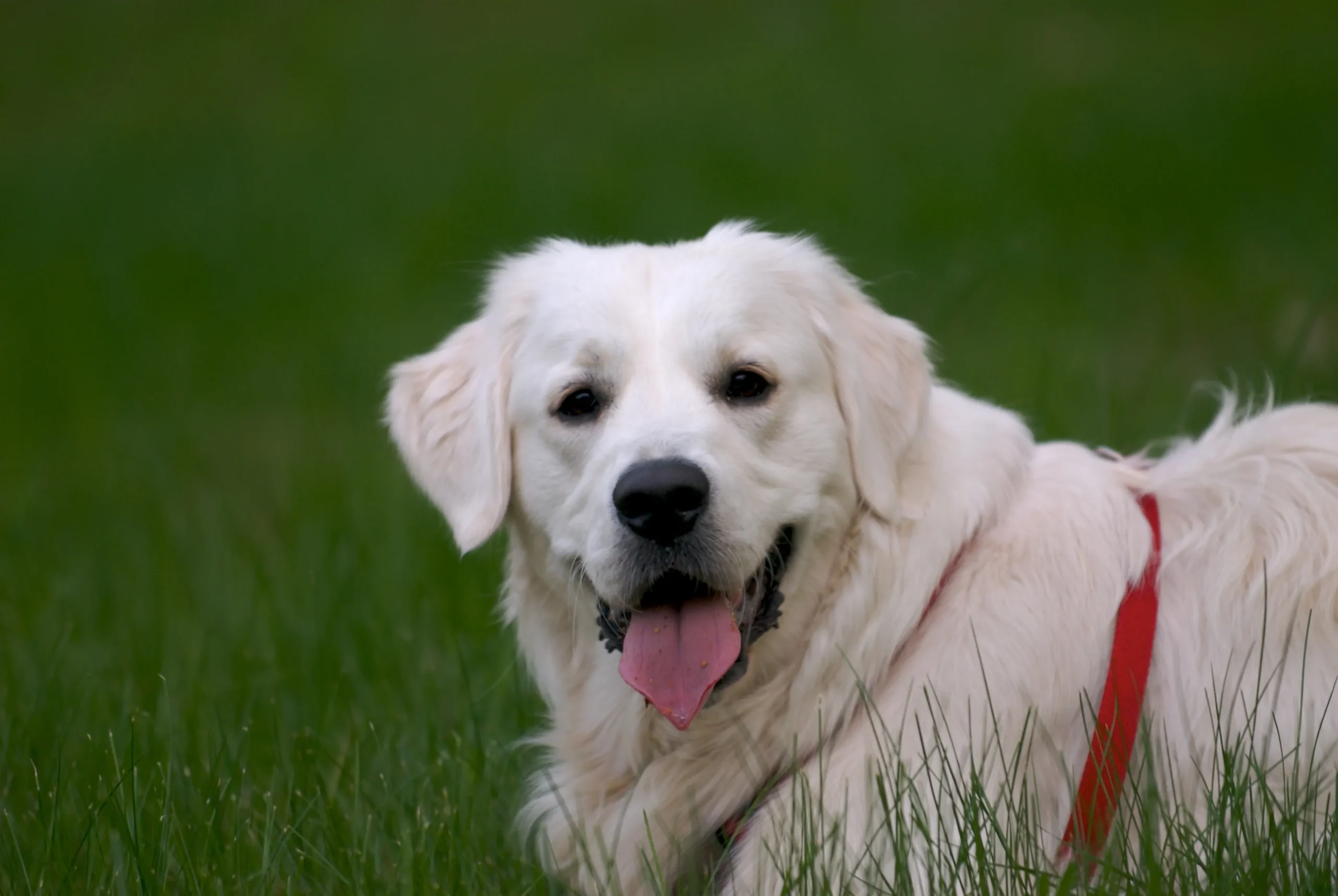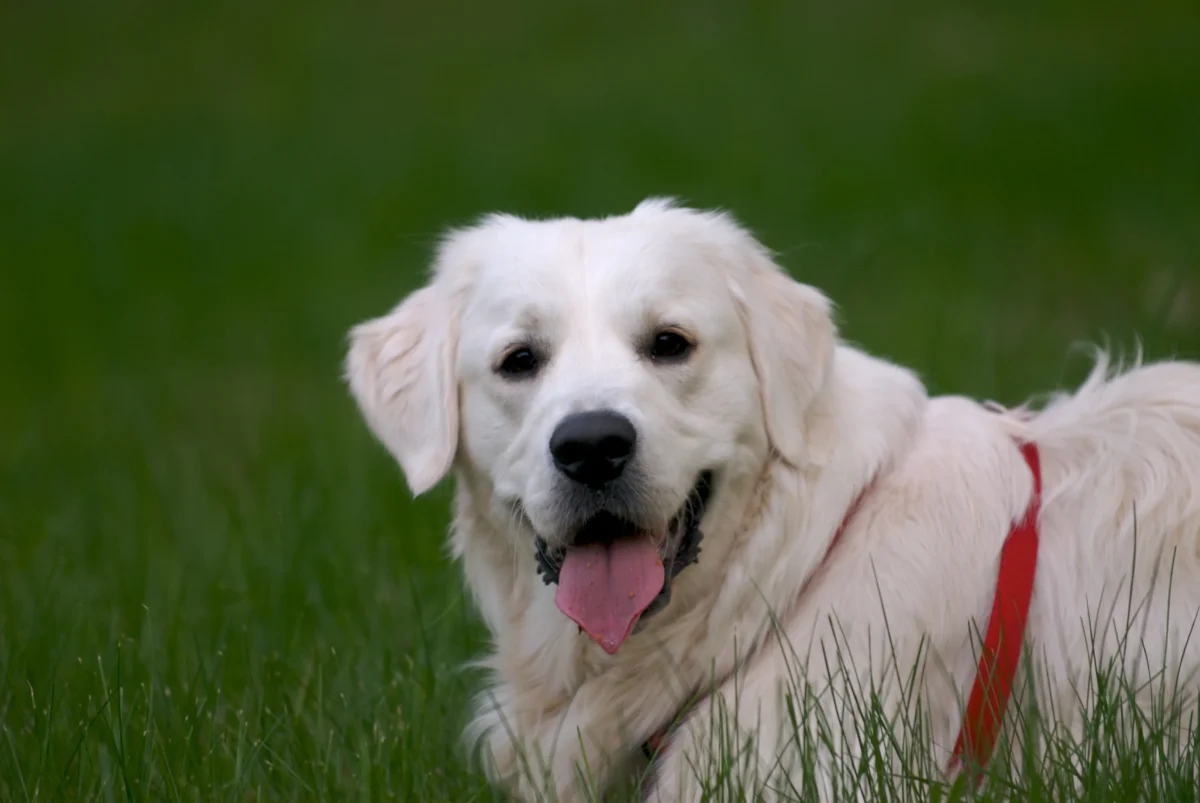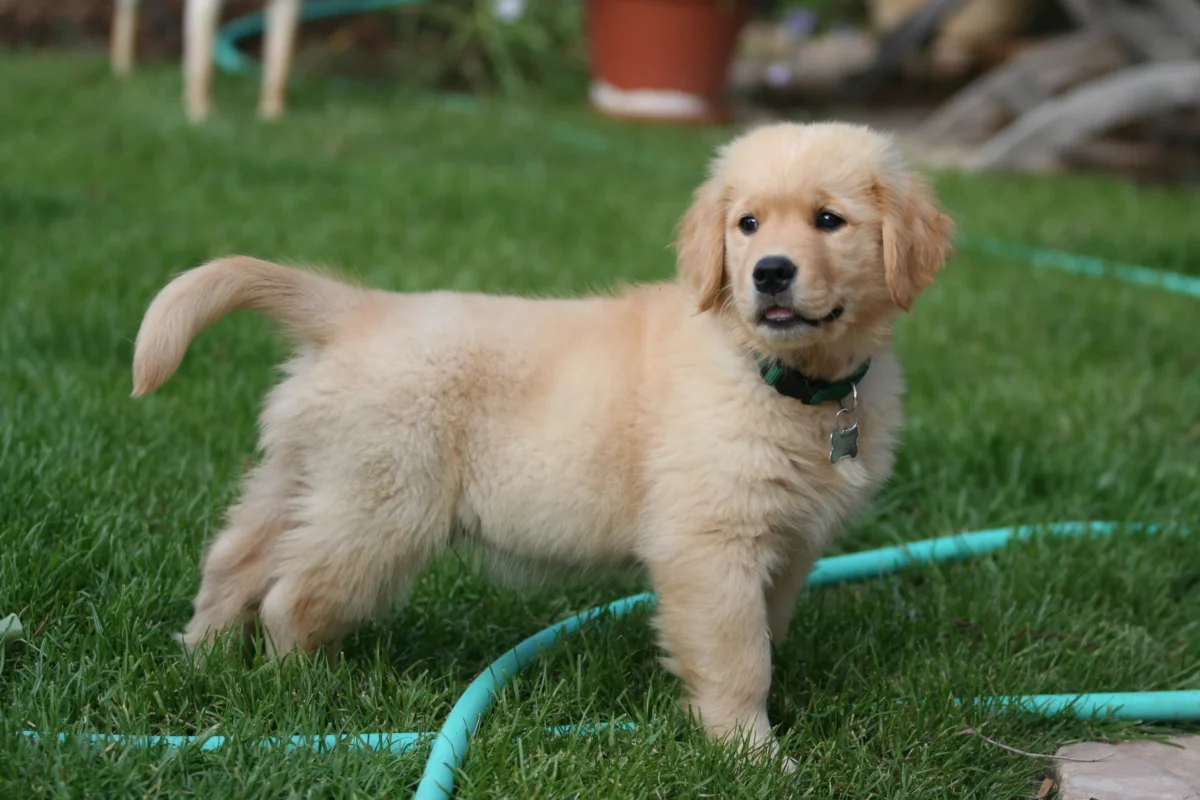Are you a proud owner of a golden retriever? If so, you may have wondered how to tell if your furry friend is in heat. Don’t worry, we’ve got you covered! In this article, we’ll explore the telltale signs that indicate your golden retriever is in heat. Understanding these signs will not only help you take better care of your beloved pet but also ensure a smooth transition through this natural phase of their reproductive cycle.
As a responsible pet owner, it’s important to be aware of the signs that indicate your golden retriever is in heat. From changes in behavior to physical symptoms, there are several key indicators to look out for. By recognizing these signs, you can provide the necessary care and attention that your furry friend needs during this time. So, let’s dive in and explore the various ways to determine if your golden retriever is in heat.
Is your golden retriever acting differently lately? It might be a sign that they are in heat. Understanding the behavioral changes that occur during this period is crucial for every dog owner. From increased attention from male dogs to restlessness and mood swings, these changes can help you confirm if your golden retriever is indeed in heat. Stay tuned as we delve into the behavioral signs that will give you a clear indication of your dog’s reproductive cycle.
What is Heat in Golden Retrievers?
As a dog lover who owns both a golden retriever and a Goldendoodle, I understand the importance of knowing the signs and behaviors associated with your dog’s reproductive cycle. Heat, also known as the estrus cycle, is a natural phase that female golden retrievers go through. It’s essential to familiarize yourself with what to expect during this time to provide the appropriate care and attention to your furry friend.
During heat, your golden retriever’s body prepares for potential mating and pregnancy. Here are some key things you should know about the heat cycle:
- Timing: The heat cycle occurs approximately every 6 to 8 months for most female golden retrievers. However, this can vary depending on the individual dog. It’s important to keep track of your dog’s heat cycles to better understand her reproductive health.
- Duration: The heat cycle typically lasts for about 2 to 3 weeks. During this time, your golden retriever may exhibit noticeable behavioral and physical changes that indicate she is in heat.
- Signs and Symptoms: Some common signs of heat in golden retrievers include swelling of the vulva, a bloody discharge, increased urination, and changes in behavior. Pay close attention to any changes in your dog’s behavior, as she may become more affectionate, restless, or agitated.
- Attracting Male Dogs: The primary purpose of heat is to attract male dogs for mating. Your golden retriever may become more flirtatious, vocal, and may flag her tail to signal her readiness for breeding.
- Precautions: During heat, it’s crucial to take precautions to prevent unwanted pregnancies. Keep your golden retriever on a leash and avoid interactions with male dogs, as they can become quite persistent in pursuit of a mate.
Remember, every dog is unique, and their heat cycles may vary. Some may have a more obvious display of symptoms, while others may show more subtle signs. By getting to know your golden retriever and understanding her reproductive cycle, you can provide the best care possible during this natural phase.
Understanding what heat entails in golden retrievers is an essential part of responsible pet ownership. By educating yourself about the signs and behaviors associated with your dog’s heat cycle, you can ensure the well-being and happiness of your golden retriever or Goldendoodle.
Signs and symptoms of heat in Golden Retrievers
As a dog lover and owner of a golden retriever and a Goldendoodle, you might be wondering how to tell if your golden retriever is in heat. Understanding the signs and symptoms of heat in your furry friend is essential for responsible pet ownership. Let’s dive into what you should look out for during this natural phase of your golden retriever’s reproductive cycle.
- Swelling and Bleeding: One of the most noticeable signs of heat in female golden retrievers is swelling of the vulva. You may also observe a small amount of blood or a bloody discharge. This is completely normal and indicates that your dog is in heat.
- Changes in Behavior: During heat, your golden retriever may exhibit some behavioral changes. She may become more restless, seek attention from male dogs, and show signs of anxiety or irritability. Keep an eye out for these changes in her behavior.
- Frequent Urination: Your golden retriever may urinate more often than usual during her heat cycle. This is because the fluctuating hormones can affect her bladder and make her feel the need to relieve herself more frequently.
- Attracting Male Dogs: Female golden retrievers in heat release pheromones that attract male dogs. If you notice an increase in male dogs showing interest in your golden retriever or gathering around your property, it’s a good indication that she is in heat.
- Changes in Appetite: Some golden retrievers may experience changes in their appetite during heat. They may eat less or seem disinterested in food. It’s important to monitor their nutritional intake during this time to ensure they are still getting the nourishment they need.
Remember, the heat cycle in golden retrievers can last for about three weeks, and they typically go into heat every six to eight months. Taking note of these signs and symptoms will help you understand if your golden retriever is in heat and allow you to provide the care and attention she needs during this time.
It’s crucial to keep in mind that responsible pet ownership involves taking precautions to prevent unwanted pregnancies during your golden retriever’s heat cycle. Consult with your veterinarian about possible options such as spaying or using doggie diapers to minimize the risk of unplanned mating.
By being informed and attentive, you can ensure the wellbeing of your furry friend and make her heat cycle a comfortable experience for both of you.
Changes in Behavior During Heat
One of the key indicators that your golden retriever is in heat is a change in their behavior. During this phase of their reproductive cycle, your furry friend may experience various shifts in their temperament and actions. Understanding these changes will allow you to provide the necessary care and support during this time.
1. Restlessness: Your golden retriever may become more restless than usual. This can manifest as pacing, unable to settle, or constantly seeking attention. It’s important to be patient and provide them with extra mental and physical stimulation to help them feel more at ease.
2. Increased Affection: You may notice that during heat, your golden retriever becomes more affectionate towards you and other family members. They may seek out more snuggles, cuddles, and attention. Enjoy this extra love, but remember to set boundaries if needed.
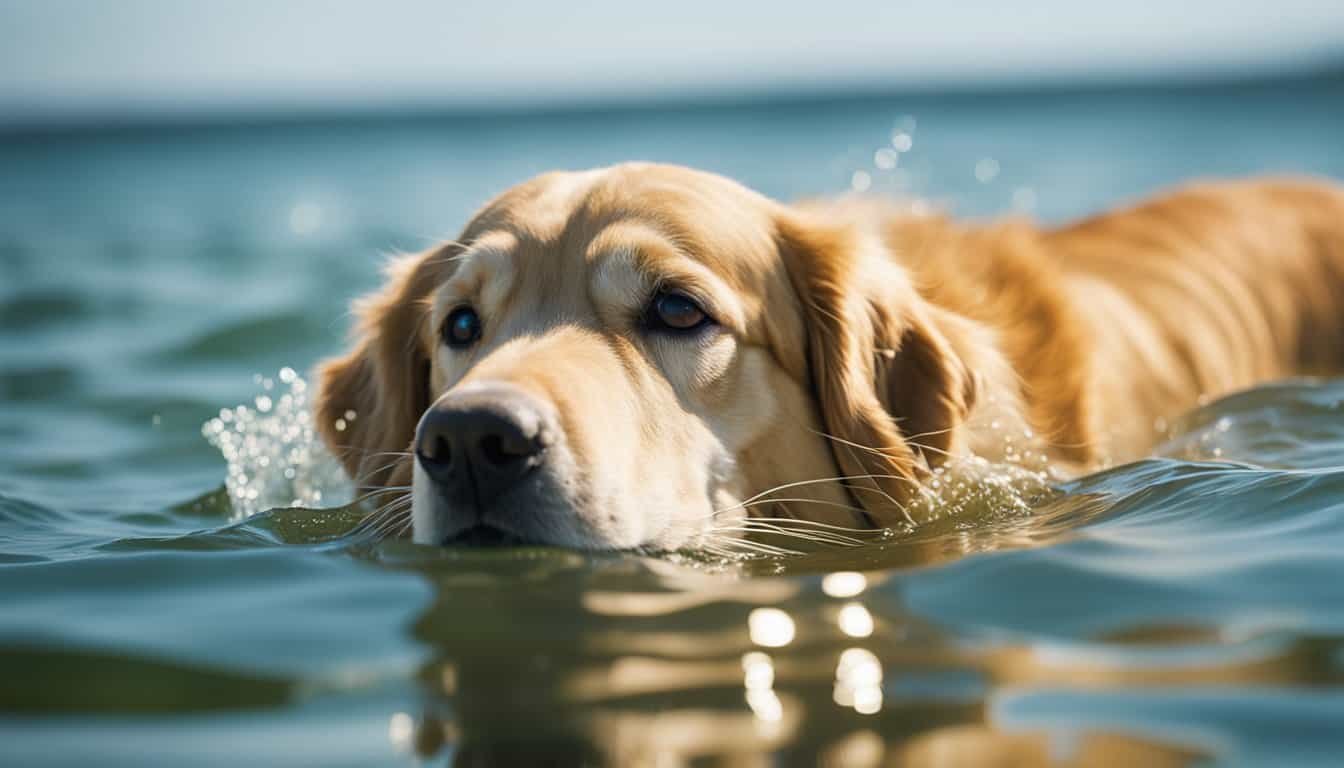
« Discover the Surprising Secret to Keeping Your Golden Retriever Happy and Healthy with the Perfect Walking Routine
Discover the Surprising Secrets Behind Golden Retriever Size »
3. Changes in Mood: Hormonal changes during heat can cause your golden retriever to experience mood swings. They may alternate between being more irritable, moody, or even more anxious. It’s essential to be understanding and provide a calm and supportive environment for them.
4. Decreased Appetite: Some golden retrievers may experience a decrease in appetite during their heat cycle. This is normal and can be attributed to the hormonal changes they are going through. Offer them small, frequent meals and ensure they have access to fresh water at all times.
5. Marking Behavior: While golden retrievers are generally not known for marking territory, some females may exhibit marking behaviors during heat. This can include urinating in various spots to advertise their availability to potential mates. Be prepared to clean up any accidents and consider using training pads or keeping them in a designated area during this time.
Remember, each golden retriever is unique, and they may exhibit different behaviors during their heat cycle. Observing these changes in behavior will help you determine if your furry friend is in heat and allow you to provide the necessary care and attention they need during this period.
Physical Changes During Heat
When it comes to determining if your golden retriever is in heat, it’s important to understand the physical changes that occur during this time. Here are a few key things to look out for:
Swelling of the Vulva: One of the earliest signs of heat in a female golden retriever is the swelling of the vulva. This is caused by increased blood flow to the area in preparation for mating. You may notice that your dog’s vulva appears larger and more pronounced than usual.
Discharge: During the first stage of the heat cycle, known as proestrus, your golden retriever will typically have a bloody discharge. This discharge may vary in color and consistency, ranging from light pink to a deeper red. It’s important to note that this is completely normal and should not cause alarm.
Behavioral Changes: Along with the physical changes, you may also notice behavioral changes in your golden retriever during heat. She may become more restless, seeking out male dogs and displaying more affectionate behavior. Some dogs may have mood swings, alternating between being aloof and seeking attention.
Increased Urination: Another physical change you may observe is an increase in your golden retriever’s urination. This is due to the hormonal changes happening within her body and is a normal part of the heat cycle.
Attracting Male Attention: During this time, male dogs may become more interested in your golden retriever. You may notice them displaying courtship behaviors, such as sniffing and following her around. It’s important to keep a close eye on your dog during walks to prevent any unwanted interactions.
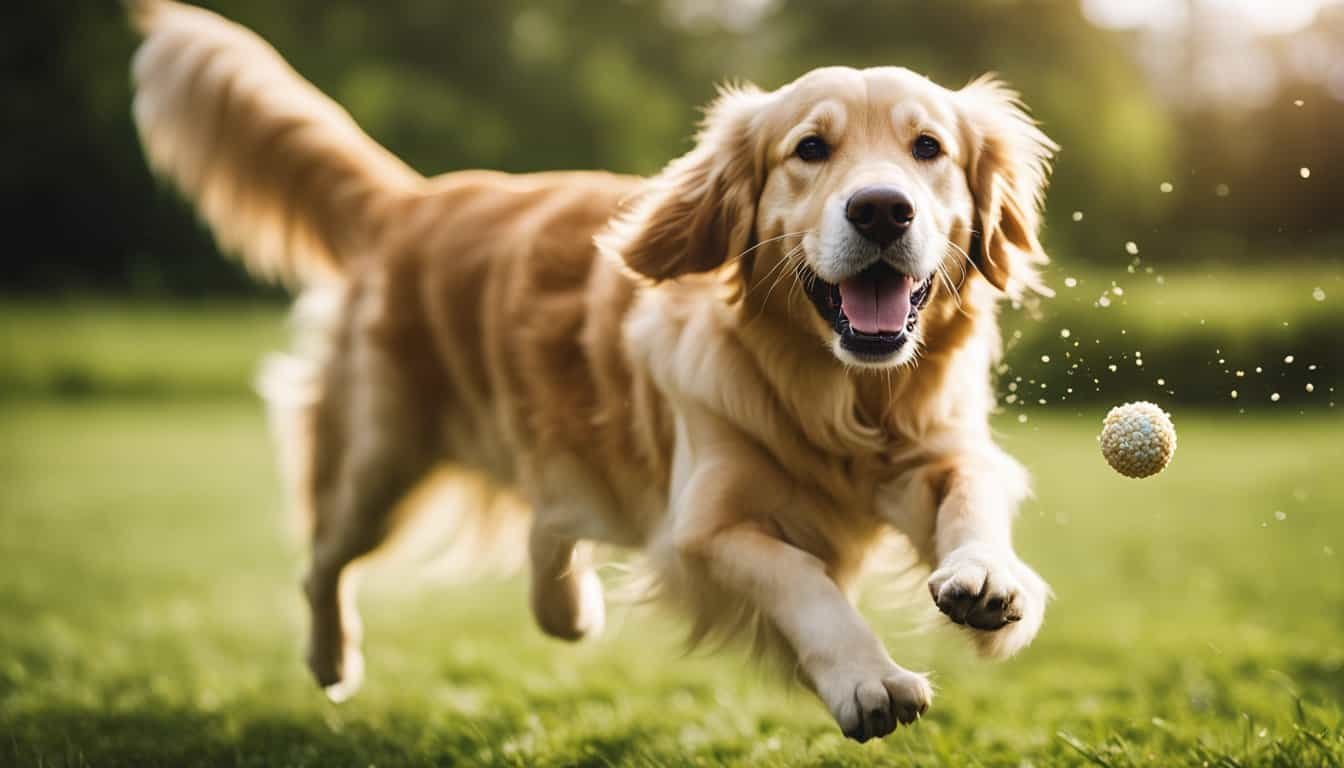
Remember, every golden retriever is unique, and the signs and duration of heat may vary. It’s essential to pay close attention to your dog’s behavior and physical changes to determine if she is in heat. If you’re unsure, consult with your veterinarian for guidance.
Understanding the physical changes that occur during heat is crucial for responsible pet ownership. By recognizing these signs, you can provide the care and attention your golden retriever needs during this time. Additionally, taking precautions to prevent unwanted pregnancies is an important part of being a responsible dog owner. Now let’s dive deeper into the behavioral changes that accompany the heat cycle.
How to Confirm if Your Golden Retriever is in Heat
If you’re a proud owner of a golden retriever or a Goldendoodle, it’s important to understand the signs of your furry friend being in heat. This natural phase in a female dog’s life can be a bit confusing if you’re not familiar with the behavioral changes and physical symptoms that accompany it. As a dog lover with experience working at animal shelters and veterinary offices, I’m here to guide you through the process of confirming if your beloved golden retriever is in heat.
1. Pay Attention to the Timing: A female golden retriever typically goes into heat for the first time between the ages of 6 to 24 months, depending on the dog. The heat cycle occurs approximately every 6 to 8 months thereafter. Keep track of her cycle to anticipate when she might be in heat.
2. Observe Behavioral Changes: During heat, your golden retriever’s behavior may change. She may become more restless, clingy, or irritable. You might notice her licking herself more frequently, especially around her hindquarters. She may also exhibit increased urine marking and become more sensitive to male dogs.

3. Look for Physical Signs: Keep an eye out for physical changes in her body. One of the most telltale signs is swelling of the vulva. You might also notice a bloody or straw-colored discharge. Additionally, your golden retriever may urinate more frequently to attract male dogs.
4. Note the Male Attention: Male dogs can sense when a female is in heat, and they will often become more interested in your golden retriever. If you notice an influx of male dogs hanging around or persistent attention from them on your walks, it’s a strong indicator that she is in heat.
By recognizing these signs and symptoms, you can accurately confirm if your golden retriever is in heat. It’s important to remember that during this time, you need to take extra precautions to prevent any unplanned pregnancies. Keep her separate from male dogs and consider using doggy diapers or keeping her indoors.
Understanding your golden retriever’s heat cycle and being proactive will ensure her safety and well-being. Responsible pet ownership is of utmost importance, so be sure to take the necessary steps to prevent any unwanted pregnancies during this time. Keep enjoying the company of your furry friend and providing her with the love and care she deserves.
How to Manage a Golden Retriever in Heat
When your beloved golden retriever enters her heat cycle, it’s crucial to provide her with the care and attention she needs. Managing a golden retriever in heat requires some special considerations. Here are a few tips to help you navigate this natural phase in your furry friend’s life:

1. Keep her secure: During this time, female dogs can attract male attention from miles away. To prevent any accidental encounters or mating, it’s important to keep your golden retriever securely fenced in your yard and always on a leash during walks. This will help ensure her safety and prevent any unwanted pregnancies.
2. Monitor her behavior: Your golden retriever’s behavior may change during her heat cycle. She may become more restless, agitated, or anxious. Keep an eye out for any signs of discomfort or unusual behavior, and provide her with extra love and attention to help her feel more at ease.
3. Provide a safe and comfortable environment: Create a quiet and comfortable space for your golden retriever during her heat cycle. This can include a designated area in your home with her favorite bedding, toys, and water. Make sure to keep the environment calm and free from any potential stressors.
4. Manage any discharge: During heat, female golden retrievers may experience some vaginal discharge. It’s important to manage this to keep your dog clean and prevent any infections. Use doggie diapers or belly bands to protect your furniture and keep your furry friend feeling fresh.
5. Stay consistent with her routine: Dogs thrive on routine, and this is especially important during their heat cycle. Continue with your regular exercise, feeding, and grooming routine. This will provide stability and help your golden retriever feel more secure during this potentially confusing time.
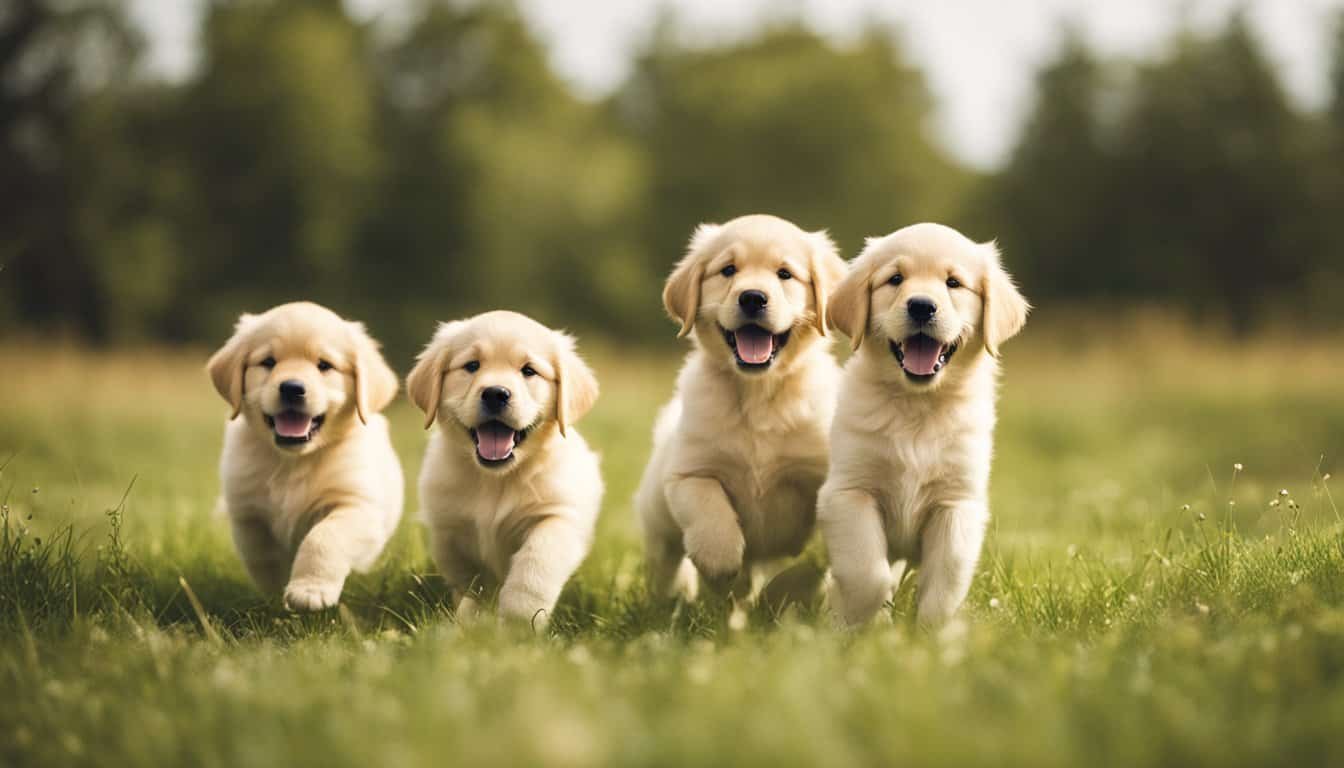
6. Talk to your veterinarian: If you have any concerns or questions about managing your golden retriever in heat, don’t hesitate to reach out to your veterinarian. They can provide you with personalized advice and guidance to ensure the well-being of your furry friend.
Remember, responsible pet ownership means being prepared for your golden retriever’s heat cycle. By following these tips and providing the care and attention she deserves, you can help your beautiful golden retriever navigate this natural phase with comfort and ease.
Conclusion
Now that you have read this article, you are equipped with valuable tips on how to manage your golden retriever during her heat cycle. Remember, it’s important to keep your furry friend secure to prevent any unwanted pregnancies. By monitoring her behavior closely, you can ensure that she remains comfortable throughout this natural phase.
Creating a safe and comfortable environment for your golden retriever is essential. Be sure to manage any discharge she may have and maintain consistency in her routine. This will help her feel more at ease during this time.
If you have any concerns or questions, don’t hesitate to reach out to your veterinarian. They are always there to provide guidance and support when needed.

By being a responsible pet owner and taking these steps to care for your golden retriever during her heat cycle, you are ensuring her well-being and helping to prevent any unexpected surprises. Enjoy this special time with your furry companion and continue to provide her with the love and attention she deserves.

